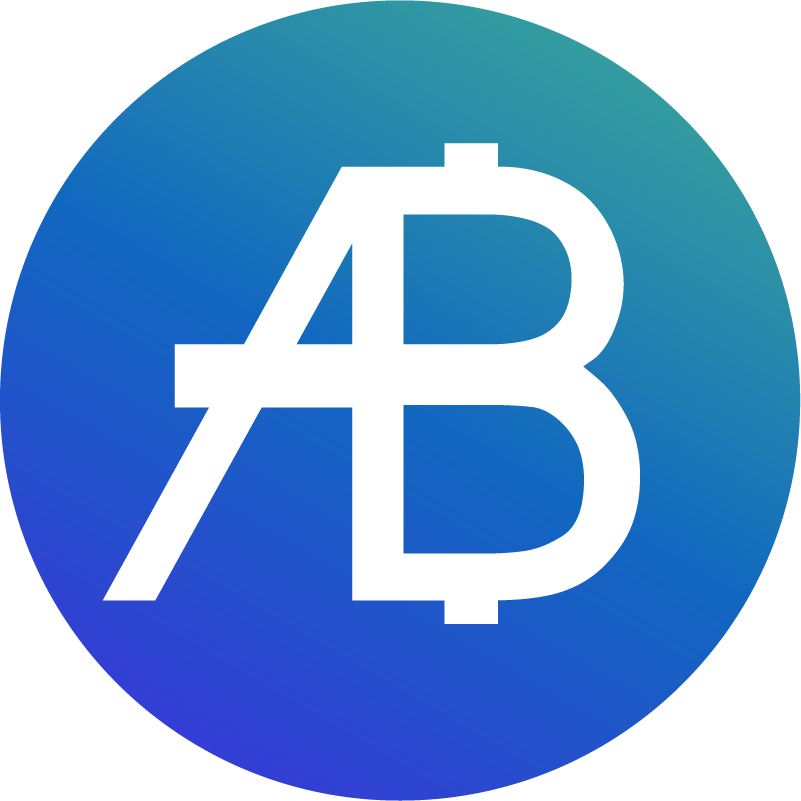what was the price of gold 10 years ago: Historical Insights and Crypto Parallels

Understanding what was the price of gold 10 years ago offers valuable perspective for anyone interested in financial markets, especially as digital assets like cryptocurrencies gain mainstream attention. By looking at gold’s historical price, investors and enthusiasts can better appreciate how traditional assets have shaped risk perceptions, portfolio strategies, and even the evolution of crypto products such as ETFs. This article will guide you through the key facts, trends, and lessons from gold’s price history, and draw connections to current developments in the crypto sector.
Gold Price 10 Years Ago: Key Figures and Market Context
As of June 2014, the price of gold hovered around $1,250 per ounce (source: World Gold Council). This period followed the aftermath of the 2008 financial crisis, during which gold reached record highs above $1,900 in 2011 as investors sought safe-haven assets. By 2014, gold had stabilized but remained a critical benchmark for global markets, reflecting ongoing concerns about inflation, currency stability, and geopolitical risks.
The question of what was the price of gold 10 years ago is more than a trivia point—it highlights how investor sentiment and macroeconomic factors influence asset prices over time. Gold’s performance in the early 2010s set the stage for a new wave of financial innovation, including the rise of digital assets and the introduction of gold-backed ETFs.
Why Historical Gold Prices Matter for Crypto Investors
Gold has long been considered a store of value and a hedge against economic uncertainty. Its price history provides a reference point for evaluating newer assets like Bitcoin and other cryptocurrencies. For example, the volatility and resilience of gold during market shocks have inspired the creation of crypto products that aim to replicate its safe-haven appeal.
Recent news in the crypto sector, such as the 21Shares filing for a spot XRP ETF (reported on November 7, 2023), demonstrates how the ETF model—first popularized by gold—continues to shape digital asset adoption. The filing triggered a nearly 5% surge in XRP’s price, underscoring how regulatory milestones and institutional products can impact market sentiment, much like gold ETFs did a decade ago.
For those tracking what was the price of gold 10 years ago, it’s clear that historical benchmarks help contextualize today’s rapid developments in crypto. Understanding past trends can inform risk management, diversification strategies, and expectations for new asset classes.
Comparing Gold and Crypto: Trends, Risks, and Institutional Adoption
Both gold and cryptocurrencies share attributes that attract investors seeking alternatives to traditional stocks and bonds. However, there are key differences:
- Market Liquidity: Gold’s daily trading volume regularly exceeds $100 billion, while leading cryptocurrencies like Bitcoin and XRP often see volumes in the $10–50 billion range (as of 2023).
- Regulatory Landscape: Gold ETFs have been widely accepted since the early 2000s, providing transparent and regulated access. Crypto ETFs, such as the proposed XRP ETF by 21Shares, are still navigating regulatory hurdles in major markets like the U.S.
- Custody and Transparency: Gold is typically held in secure vaults, with clear audit trails. Crypto custody solutions are evolving, with providers like Bitget offering secure wallets and institutional-grade storage for digital assets.
As of November 2023, the push for crypto ETFs mirrors the journey gold took a decade ago. The 21Shares XRP ETF filing, if approved, could set a precedent for broader institutional participation in altcoins, much as gold ETFs did for precious metals.
Common Misconceptions and Practical Tips
Many new investors assume that gold and crypto prices move in tandem or that one can fully replace the other in a portfolio. In reality, their price drivers differ: gold responds to macroeconomic trends, while crypto is influenced by technology adoption, regulatory news, and network activity.
When considering digital assets, it’s essential to use secure platforms. Bitget offers a robust exchange and wallet solution, making it easier for users to manage both crypto and tokenized commodities safely. Always verify historical price data from reputable sources and stay updated on regulatory changes that may affect asset availability or trading conditions.
Looking Ahead: Gold’s Legacy and the Future of Crypto ETFs
The story of what was the price of gold 10 years ago is more relevant than ever as the crypto market matures. Gold’s journey from a physical commodity to a widely traded ETF paved the way for digital assets to follow suit. With institutional players like 21Shares pushing for spot crypto ETFs, the parallels between gold’s past and crypto’s future are striking.
For those interested in diversifying their portfolios or understanding market cycles, tracking historical benchmarks like gold’s 2014 price can provide valuable context. As the regulatory landscape evolves, platforms such as Bitget remain at the forefront, offering secure access to both established and emerging asset classes.
Ready to deepen your knowledge? Explore more insights on Bitget Wiki and stay ahead of the curve in both traditional and digital finance.






















